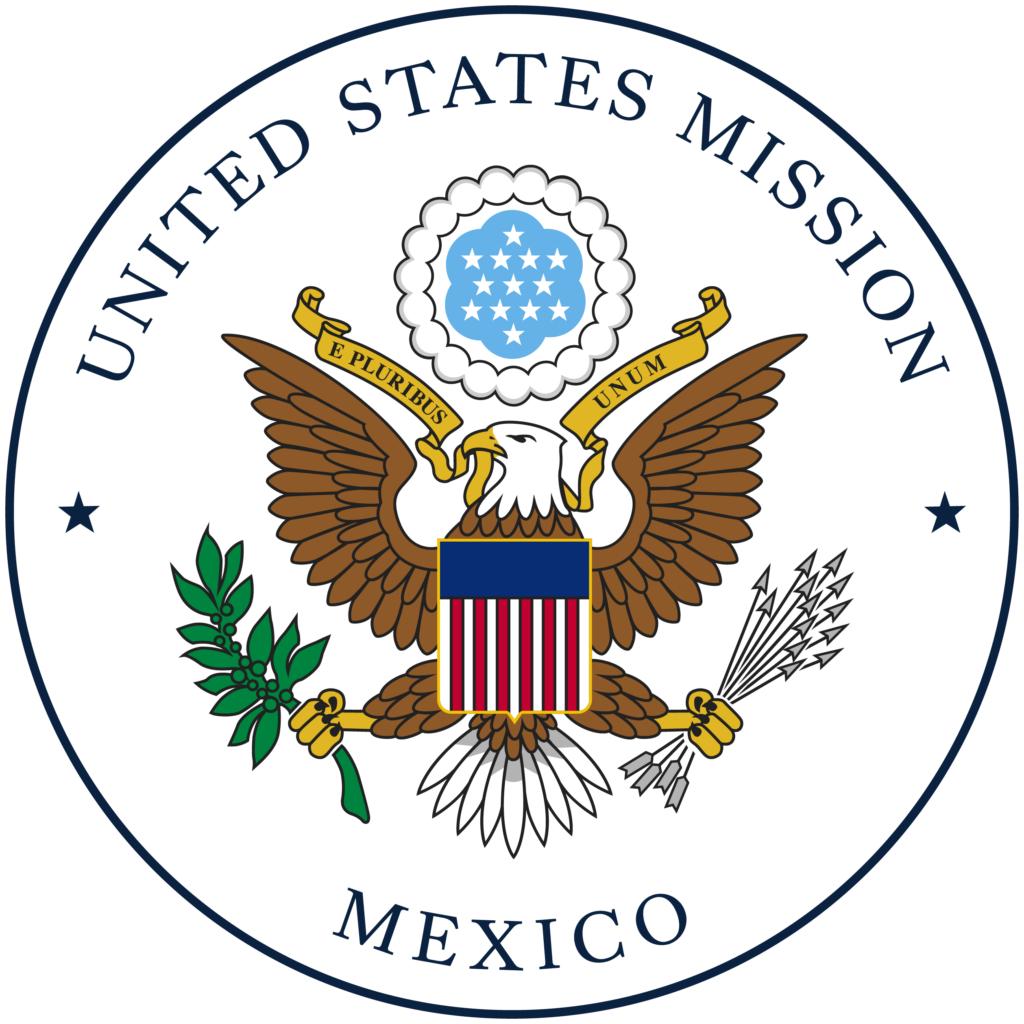New U.S. Consulate General Merida Project
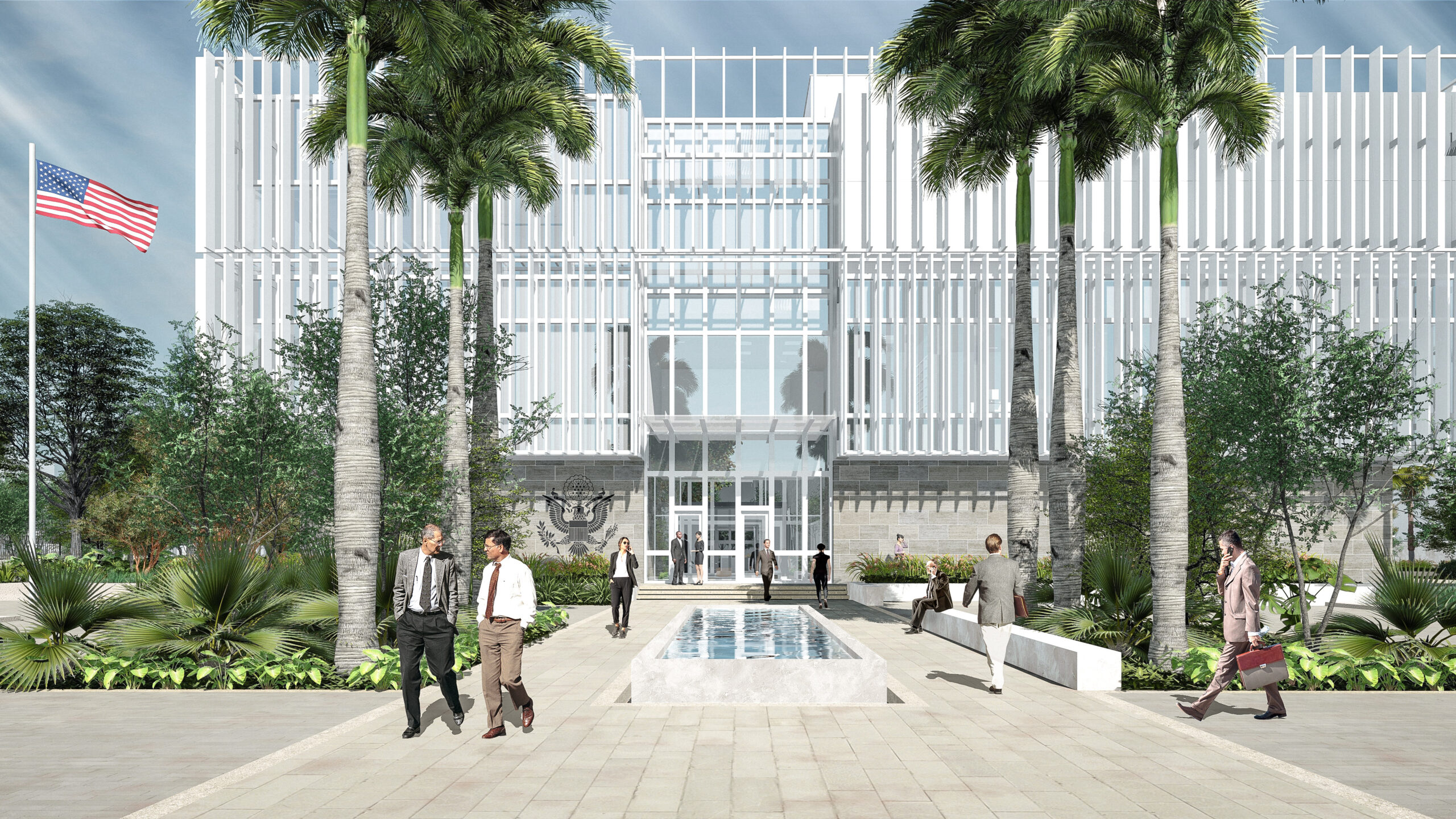
The United States and Mexico have a consequential bilateral relationship, directly impacting the everyday lives of millions of U.S. and Mexican citizens, whether through trade, joint security, or tourism. Within similar time frames, the U.S. Department of State Bureau of Overseas Buildings Operations has undertaken five major builds across Mexico: four new consulate facilities in Hermosillo, Guadalajara, Mérida, and Nogales, and a new embassy in Mexico City. Among the Mission Mexico new facilities, the new U.S. Consulate General Mérida is an important physical representation of the long-term commitment to the U.S.- Mexico relationship and a permanent presence.
Since 1843, a U.S. consulate on the Yucatán Peninsula has served both Mexican and U.S. citizens. In addition to the thousands of U.S. citizens who reside in the Consular District, millions of U.S. citizens visit the Yucatán Peninsula annually. The Peninsula attracts a variety of tourists in all seasons: beachcombers on the Riviera Maya, history buffs and art collectors to the historic cities of Mérida and Valladolid, and explorers to the iconic Mayan ruins of Chichén Itzá and Uxmal.
Project Overview
Miller Hull
Design Architect
Page
Architect of Record
BL Harbert International
Design/Build Contractor
7 acres
Site Size
$210 million
Project Budget
$85 million
Estimated Local Investment
The new U.S. Consulate General Mérida catalyzes diplomacy for the U.S. and Mexico’s shared future: a strong regional partnership with robust investment, cultural, and interpersonal ties.
OBO embassies and consulates often are the first experience host country citizens and government officials have with the United States overseas and that customer experience is important to diplomatic relations.
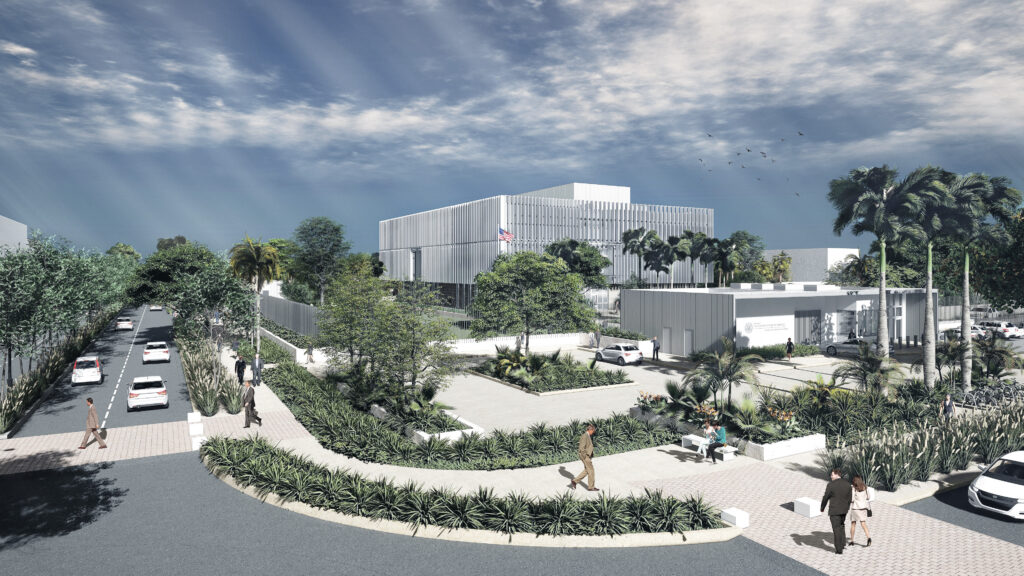
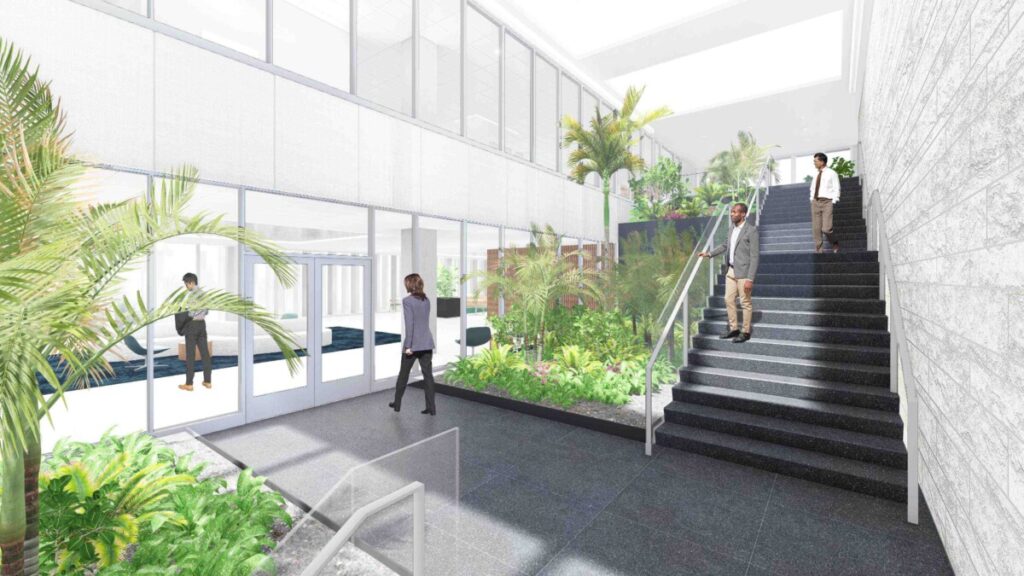
Design & Construction
The design is reminiscent of Mayan archeological sites, which hover above the jungle and provide views over the trees across the peninsula. Distinct outdoor zones create spaces for community gatherings and events. Formal gardens complement adjacent areas of dense tropical vegetation, providing shade and balance to the overall landscape. The building’s upper floors extend out beyond the footprint of the ground level plan, creating a shaded walkway around the building.
A stone-clad atrium planted with local vegetation — inspired by the cenotes dotting the region — forms the heart of the building, providing a place for the community to meet while also serving as the main circulation spine for the building. The central stair, atrium, and gallery come together on the second level, creating a multi-functional space for formal ceremonies and informal meetings, and offering views to the surroundings, while natural light fills the gallery from the skylights above. The upper floors’ sunscreen controls glare and reduces solar heat gain, creating comfortable interior spaces.
The project employed an estimated workforce of nearly 2,000 U.S., Mexican, and third-country nationals throughout construction.

Building Performance
A model of building performance optimization, the resilient facility reduces risk and operating costs associated with utilities and maintenance while enhancing natural hazards adaptation. Utility optimization features include 350 KW solar power generation, air-cooled chillers with heat recovery, optimized daylighting controls, and high-efficiency plumbing fixtures.
The landscape’s native vegetation and greywater irrigation ensure that the site will minimize potable water use. The site has undergone remediation efforts to address environmental contamination resulting from previous industrial activities. Sunscreen and light monitors reduce solar heat gain and glare in office areas, while maximizing daylight throughout the interior spaces. The project, registered with the Leadership in Energy and Environmental Design (LEED®) version 4.1 and is aiming for Silver certification.
Art
The permanent art collection curated by OBO’s Office of Art in Embassies includes art in a variety of media, including painting, photography, ceramics, textile and sculpture by both U.S. and Mexican artists. Site specific commissions reflect an understanding of the richness and often interconnectedness of U.S. and Mexican, and Mexican-American cultural heritage.
The collection and commissions create a dialogue of shared values between the people of the United States and Mexico. One major site-specific installation will be by American artist Jorge Pardo. The installation will include 17 ceiling mounted light-emitting sculptures that will glow. The sculptures are based on the natural landscape of the cenote which can be found throughout the Yucatan and is also the inspiration for the design of the consulate building.
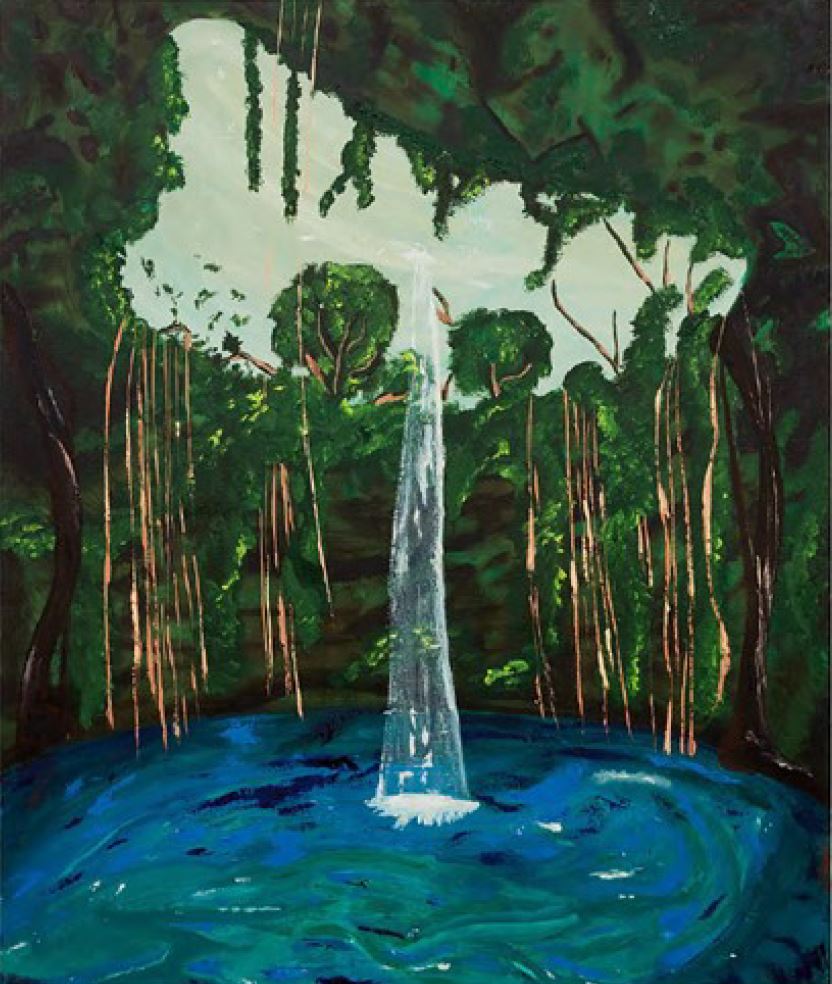
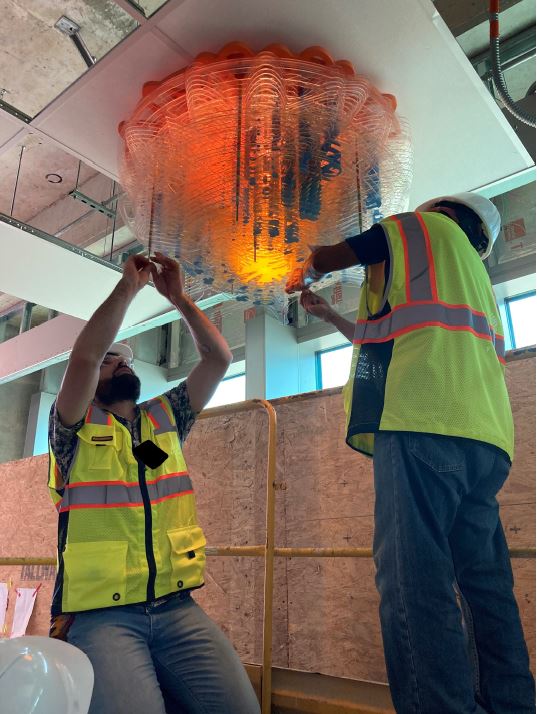

Press
- The Department of State Dedicates New U.S. Consulate General Mérida in Mexico – United States Department of State
- Media Note: U.S. Department of State Breaks Ground on New U.S. Consulate General in Merida, Mexico
- U.S. Department of State Bureau of Overseas Buildings Operations Announces Design-Build Awards for New Embassies and Consulates
- Building Diplomacy – State Magazine
